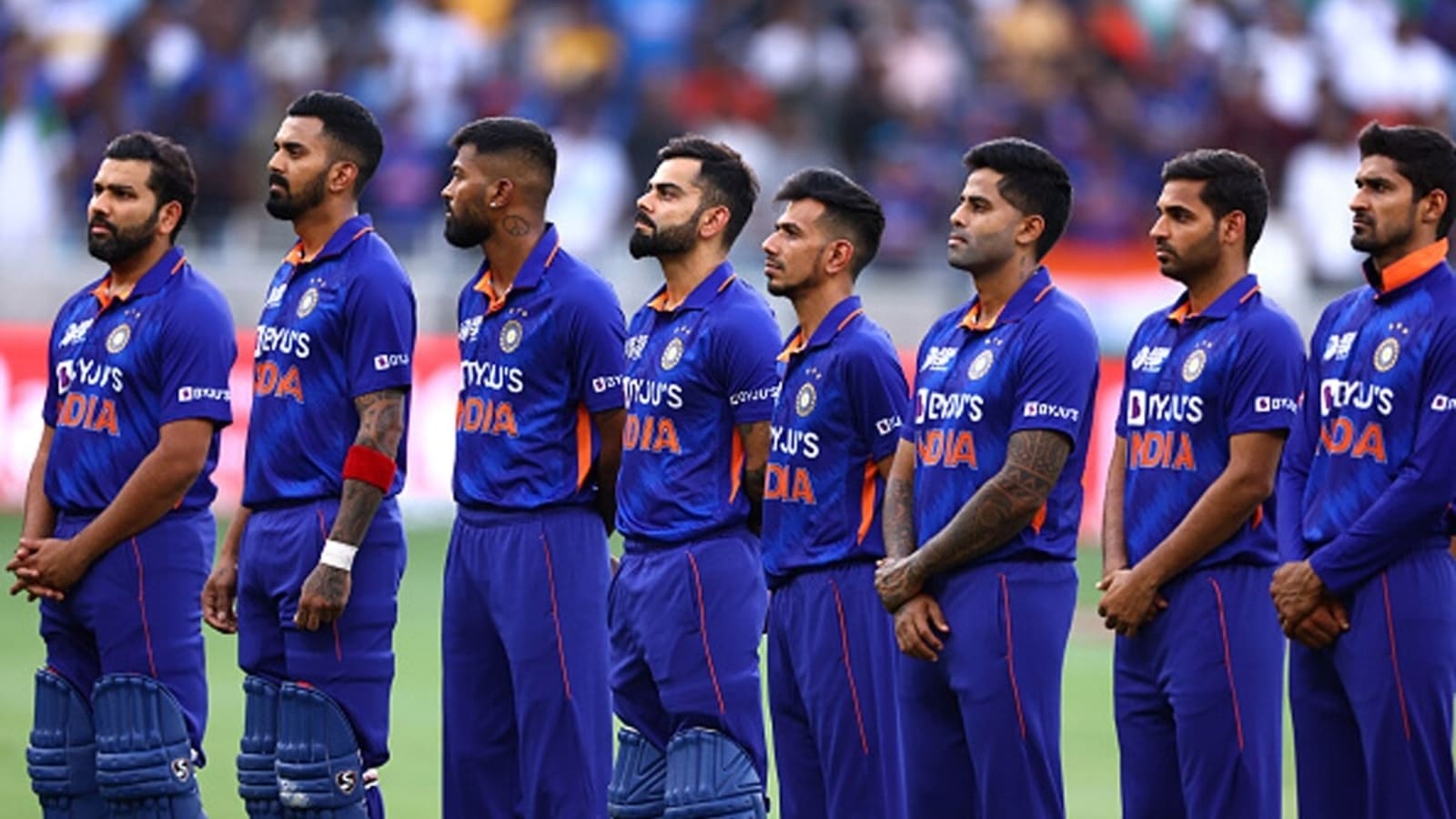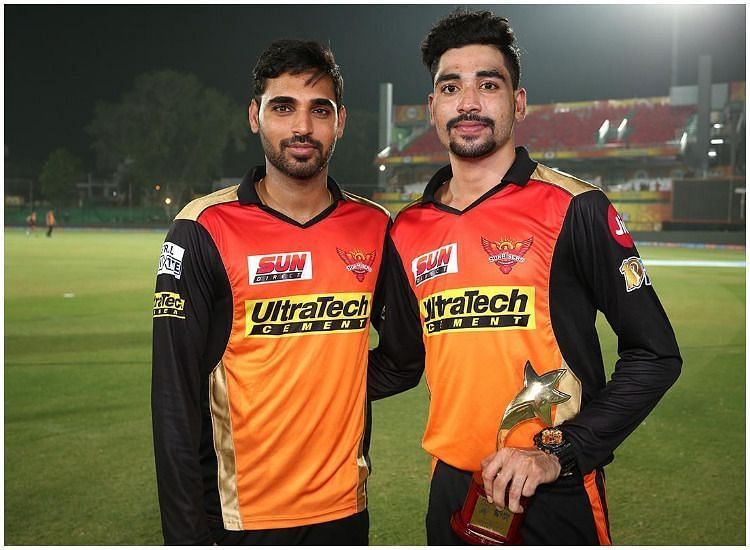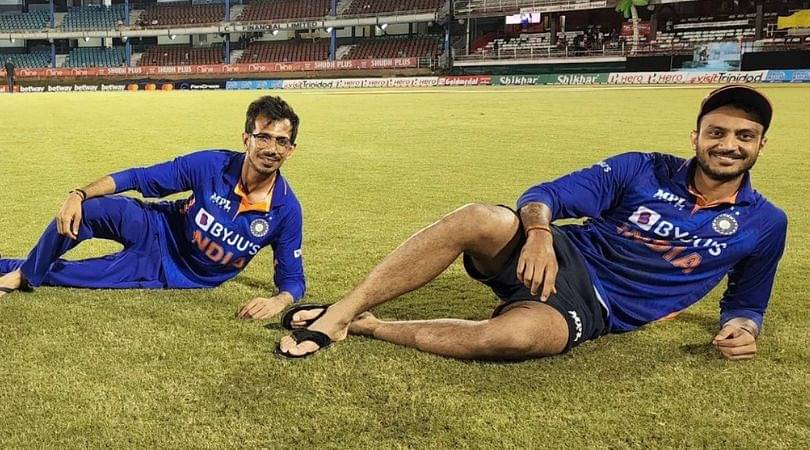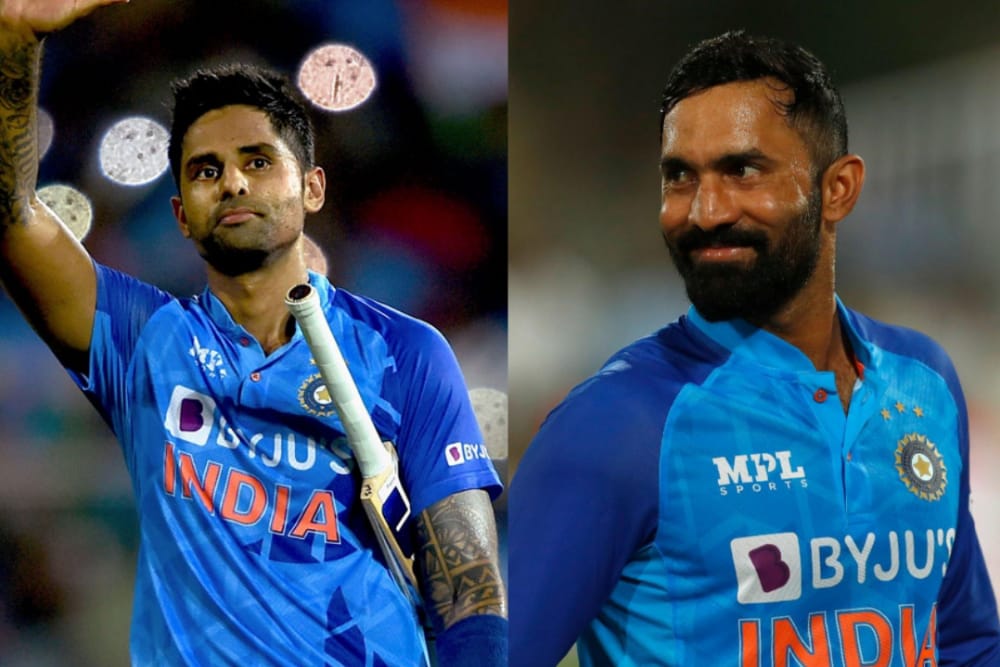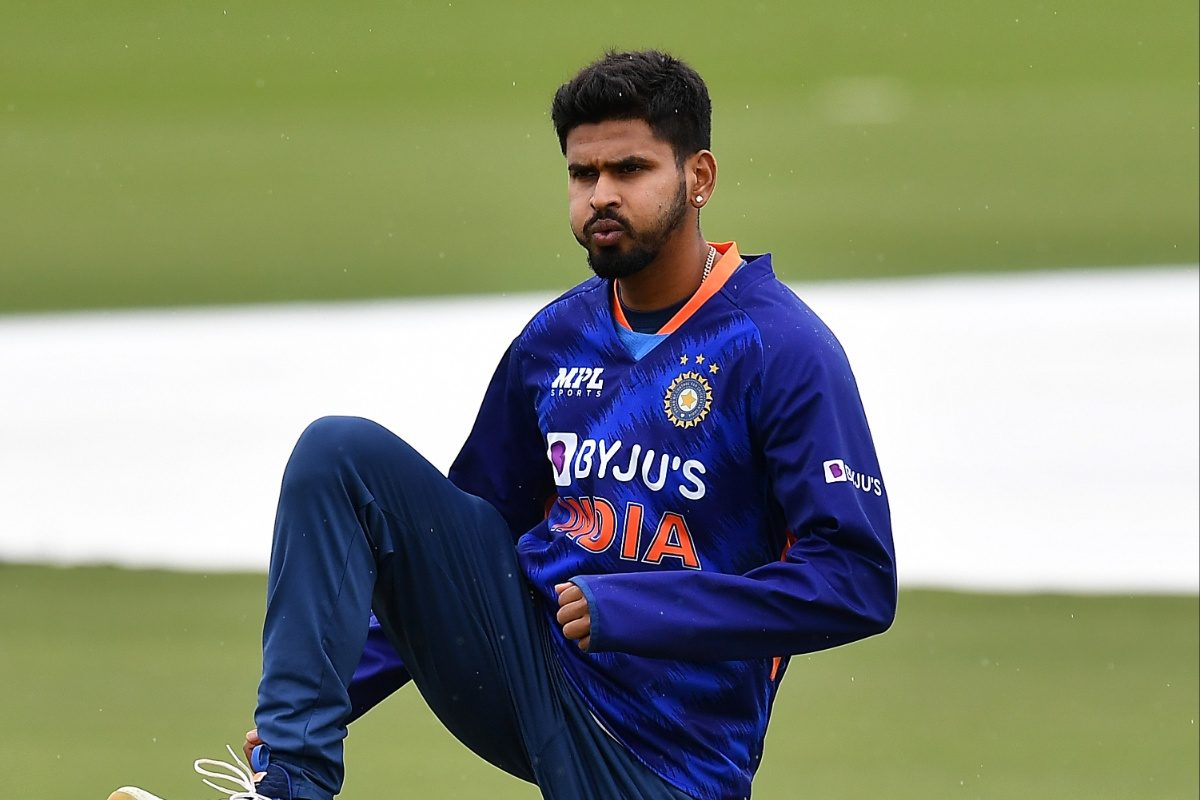From openers to pace attacks, let's see the changes made by BCCI in the WC squad compared to the last one.
Not only rules but the combinations of all the teams changed during this four year time line. Here's some more interesting information: All ten team skippers have resigned, with the exception of Kane Williamson.
The Indian cricket squad has exemplified the idea that change is essential for the sport of cricket. The squad that was unveiled on Tuesday signifies a seismic shift in multiple dimensions as we stand just one month away from the greatly anticipated start of the 2023 World Cup in India. There are only about half of the athletes who competed for India in 2019 under Virat Kohli's leadership. With this as our backdrop, let's look at the 7 key changes that set India's 2023 World Cup team apart from the team that played on England's fields four years ago.
1:Shikhar Dhawan Out, Shubman Gill in.
Shikhar Dhawan's participation in ICC competitions was unfairly cut short by an untimely injury. Dhawan, a true behemoth in ICC 50-over competitions, made a lasting impression with his outstanding performance. He scored a fantastic century against Australia at The Oval, giving him a remarkable total of 1238 runs. However, he fractured his thumb shortly after, cutting short his chances of scoring many more runs. In time, Dhawan slipped down the pecking order, and Shubman Gill, a promising new star, took his place. While Dhawan's performances were by no means subpar—he actually finished 2022 as India's second-highest ODI scorer with 688 runs from 22 innings—his declining strike-rate raised some questions. Meanwhile, Gill's youthful excitement came through and he massive scores of 116, 208, and 112.
2: Ms Dhoni replaced by Ishan Kishan.
Let's face it. No one can quite fill the void left by MS Dhoni. But purely as a wicketkeeper batter Ishan Kishan has shown early potential and taken on the role admirably. Hailing from the same city as Dhoni, Ishan carries a hint of MSD's flair in his batting, marked by a wide array of powerful strokes. When in full flow, Ishan's batting evokes memories of Dhoni's early years, and his wicketkeeping skills are certainly not subpar by Indian standards. Any lingering doubts about his ability to anchor the middle order were dispelled when Ishan delivered what could be considered the most challenging innings of his career, facing a formidable Pakistan bowling attack.
3. Mohammaed Siraj replaced Bhuvneshwar Kumar.
Although Mohammed Siraj and Bhuvneshwar Kumar are diametrically opposed fast bowlers, their ability to select wickets unites them. Who could ever forget the scene in which Bhuvneshwar's banana swing sent stumps spinning or turned Aaron Finch into his bunny? Regrettably, Bhuvneshwar's career has been ruined by recurrent injuries, preventing him from having one of India's greatest fast bowling careers of all time. Although Bhuvneshwar has waned, Mohammed Siraj has seen an incredible growth. He gradually developed as India's perfect third strike pacer in Test matches, succeeding Mohammed Shami and Jasprit Bumrah, and then made his mark in ODI matches, finishing the year as India's leading wicket-taker with 24 dismissals in 15 games. Siraj promises to be ready when the World Cup knocks.
4. Axar Patel in place of Yuzevendra Chahal.
The selection of Axar Patel over Yuzvendra Chahal seems obvious given the Indian team management's growing preference for utility players. There is no question as to how Axar differs from Chahal due to his bat-added value. Chahal's exclusion was anticipated, as evidenced by the fact that he hasn't been a member of the ODI squad since January of this year. Furthermore, with Kuldeep Yadav's rise to prominence, there was only room in the lineup for one wristspinner. Axar, on the other hand, has played in a meagre 52 ODIs since making his debut in 2014, largely as a result of the team's preference for Ravindra Jadeja as the main left-arm spinner.Though it's important to note that his inclusion may not be a given, taking into account the presence of Jadeja and Hardik Pandya as the first-choice all-rounders in the side, the team's evolving needs, which are characterised by the need for greater batting depth, have thrust Axar into the spotlight.
5.Shardul Thakur as All rounder in place of Kedar Jadhav.
Both Kedar Jadhav's rise and collapse were swift. But he made a lasting impression throughout the six years he played for India between 2014 and 2020. Jadhav batted at a strike rate of 101 and had a batting average of 42. While he took 27 wickets in 73 ODIs, Kohli and MS Dhoni supported him because of his ability to end partnerships. Jadhav might still have it—RCB certainly thought so when they chose him to replace David Willey in the IPL—but perhaps not enough to compete for a spot in the overcrowded Indian team. Shardul Thakur is the person India can currently rely on to play a role similar to that of Jadhav.
Shardul is a partnership-breaker like Kedar, and his batting skill is well known. Few No. 8 batsmen can boast of outscoring Virat Kohli and Rohit Sharma in the same inning of a Test match against England while recording back-to-back fifties. In order to give the squad a valuable all-around alternative, Shardul must replicate his Test performance in the ODIs if India is to have any chance.
6. Suryakumar Yadav in, Dinesh Karthik out.
Dinesh Karthik had surely imagined the situation innumerable times before India's 5/3 deficit to New Zealand in the World Cup quarterfinal. It was his chance to step up and save India at this critical moment. Karthik's innings unfortunately progressed fairly slowly, as he needed 25 balls to get just 4 runs. Karthik showed a lot of promise throughout the course of his 18-year tenure with the Indian squad, but he nonetheless stopped short of realising his full potential. He tried out as a Test opener, an ODI anchor, and a T20I finisher, but the Nidahas Trophy final is the only memory that stands out in our minds.
On the other hand, Suryakumar Yadav finds himself in a circumstance that is relatively familiar. Although he has solidified his status as a T20 powerhouse, he has trouble adjusting to the 50-over format. But, the main justification for choosing SKY above Sanju Samson is that the team management has high faith that it's only a matter of time before he soars in ODIs.
7. Shreyas Iyer at No 4.
The No. 4 issue has long plagued Indian cricket, but it peaked during the 2019 World Cup as Kohli and Ravi Shastri tussled between KL Rahul, Vijay Shankar, and Rishabh Pant in search of the answer. Shikhar Dhawan's injury forced Rahul into the No. 1 position, while he had previously held the No. 4 position. Due to this, India decided to try out Vijay Shankar, which precipitated Ambati Rayudu's epic retirement narrative before he ultimately changed his mind. However, Shankar's brief appearance, which saw him score just 58 runs from three games, was cut short by an unforeseen toe injury, which resulted to his withdrawal.
Pant, whose initial omission had made headlines, was quickly called from India amid the commotion. Even though he pitched four innings and allowed 116 runs, the damage had already been done. Fortunately, Shreyas Iyer's rise to the top has seemed to calm the fury that had been raging around the No. 4 position. With an amazing 724 runs from 17 innings, Shreyas solidified his position as India's top ODI run-scorer in 2022. Additionally, his 818 runs in 18 innings at a remarkable average of 51.12, including a century and six half-centuries from this position, gives reason for optimism about a secure future.
To see Indian Squad For 2023 ODI World cup- https://spincricketz.blogspot.com/2023/09/team-india-announced-odi-world-cup-2023.html

